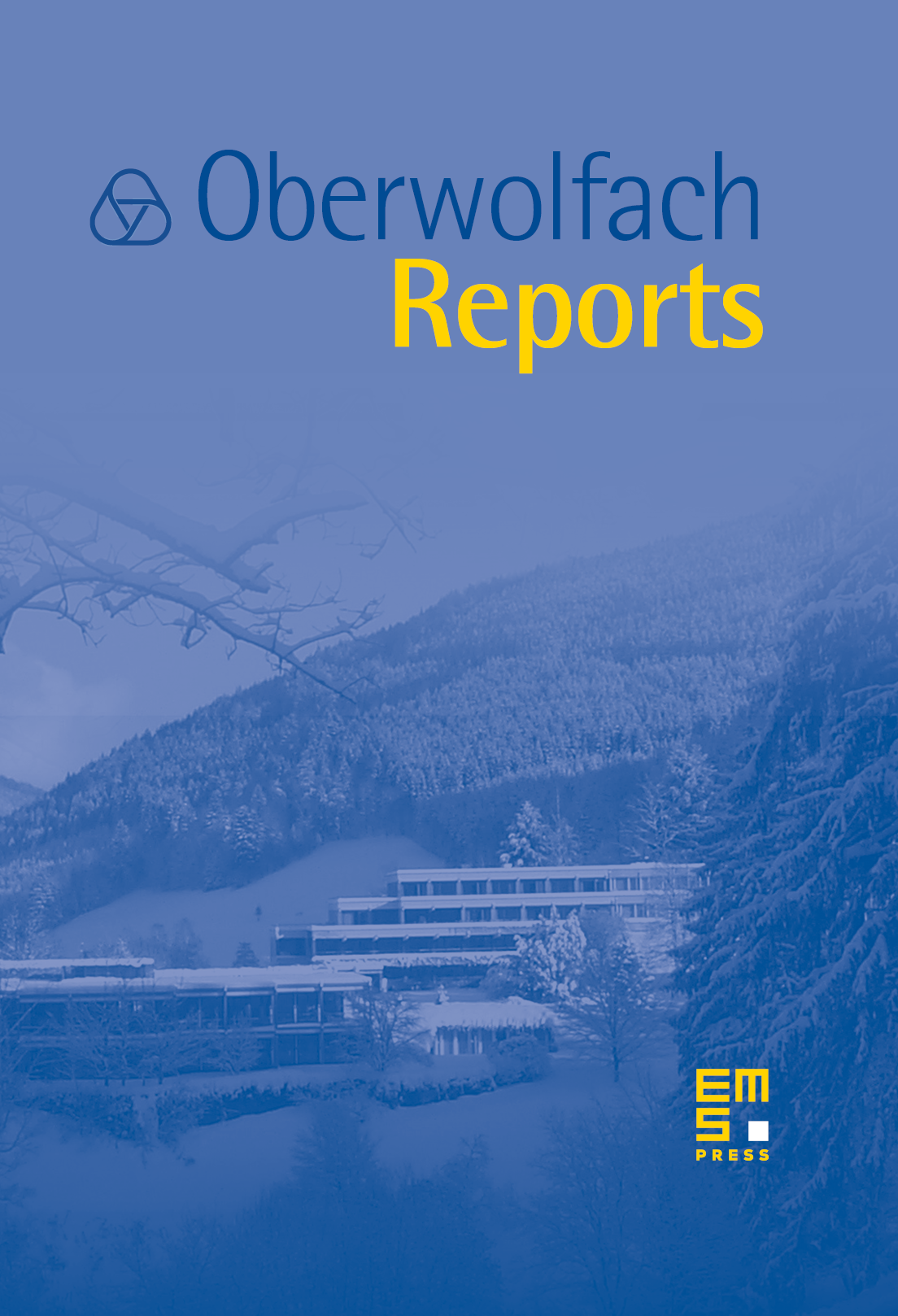MFO–RIMS Tandem Workshop: Arithmetic Homotopy and Galois Theory
Benjamin Collas
Kyoto University, Kyoto, JapanPierre Dèbes
Université de Lille, Villeneuve D’Ascq Cedex, FranceYuichiro Hoshi
Kyoto University, Kyoto, JapanAriane Mezard
École Normale Superieure, Paris Cedex, France

Abstract
This report presents a general panorama of recent progress in the arithmetic-geometry theory of Galois and homotopy groups and its ramifications. While still relying on Grothendieck’s original pillars [1], the present program has now evolved beyond the classical group-theoretic legacy to result in an autonomous project that exploits a new geometrization of the original insight and sketches new frontiers between homotopy geometry, homology geometry, and diophantine geometry.
This panorama “closes the loop” by including the last twenty-year progress of the Japanese arithmetic-geometry school via Ihara’s program and Nakamura–Tamagawa–Mochizuki’s anabelian approach, which brings its expertise in terms of algorithmic, combinatoric, and absolute reconstructions. These methods supplement and interact with those from the classical arithmetic of covers and Hurwitz spaces and the motivic and geometric Galois representations.
This workshop has brought together the next generation of arithmetic homotopic Galois geometers, who, with the support of senior experts, are developing new techniques and principles for the exploration of the next research frontiers.
[1] That are, as presented in “Récoltes et semailles”, the resolution of the discrete and the continuous, the local-to-global thinking by generization-specialization, and the quintessential intersection of arithmetic and geometry – see § 2.10 ibid.
Cite this article
Benjamin Collas, Pierre Dèbes, Yuichiro Hoshi, Ariane Mezard, MFO–RIMS Tandem Workshop: Arithmetic Homotopy and Galois Theory. Oberwolfach Rep. 20 (2023), no. 3, pp. 2377–2488
DOI 10.4171/OWR/2023/42